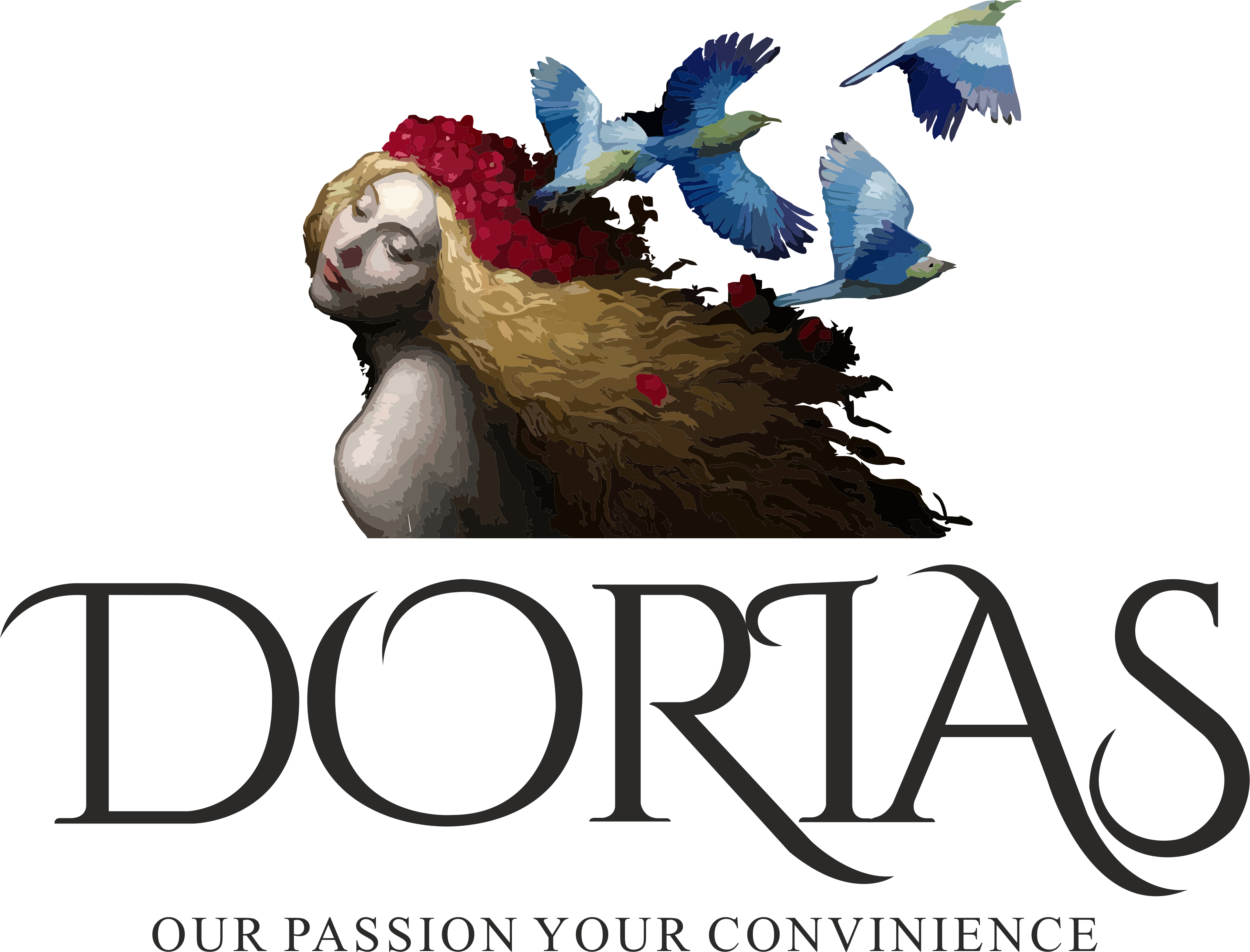1. Introduction: The Power of Symbols in Modern Design
Symbols are the visual language that transcends words, enabling brands and designers to communicate complex ideas swiftly and effectively. In modern design, they serve as powerful tools to evoke trust, familiarity, and confidence among audiences. The psychological impact of symbols influences perceptions, making viewers feel secure and connected to the message conveyed.
For example, a well-designed logo or icon acts as a visual shorthand for a brand’s identity, often drawing on cultural or historical symbolism to reinforce trustworthiness. When viewers recognize and understand these symbols instantly, they are more likely to develop confidence in the brand or product. This bridging of cultural meaning and brand trust underscores the essential role of symbols in contemporary visual communication.
Contents
- The Evolution of Symbols: From Ancient to Modern Contexts
- Core Principles: How Symbols Cultivate Confidence in Design
- Examples of Symbols in Modern Design That Inspire Confidence
- The Role of Symbols in Gaming and Entertainment Design
- The Significance of Cultural and Mythological Symbols
- Non-Obvious Dimensions: Ethical and Psychological Aspects of Symbol Use
- Practical Strategies for Incorporating Symbols to Boost Confidence
- The Future of Symbols in Design: Trends and Innovations
- Conclusion: Harnessing Symbols to Build Lasting Confidence in Modern Design
2. The Evolution of Symbols: From Ancient to Modern Contexts
Historically, symbols have played vital roles in religious, cultural, and societal contexts. Ancient civilizations used symbols like the Egyptian Ankh or Greek gods’ representations to convey divine power and social cohesion. These symbols often carried deep meanings, fostering trust within communities and establishing authority.
Over centuries, the transition from traditional symbols—such as sacred icons or heraldic crests—to contemporary visual cues has been driven by technological advancements and globalization. Modern design adapts these timeless motifs, simplifying them for universal understanding and aesthetic appeal.
A notable example is how ancient symbols like offerings or divine representations influence modern iconography. For instance, the use of a laurel wreath, originating from Greek mythology as a symbol of victory, now appears in corporate awards and branding, symbolizing achievement and prestige. Similarly, divine symbols like ambrosia or thunder have inspired emblems of strength and excellence in modern branding, illustrating how ancient meaning persists in contemporary design.
3. Core Principles: How Symbols Cultivate Confidence in Design
Effective symbols are characterized by clarity and universal recognition. A symbol must be simple enough to be understood instantly across cultures, minimizing ambiguity. The Nike swoosh, for example, is recognized worldwide as a symbol of movement and achievement, reinforcing brand confidence through its clarity.
Consistency is another crucial principle. When a symbol is used uniformly across all brand touchpoints, it builds familiarity and strengthens brand identity. Apple’s apple logo, consistently applied on products, packaging, and advertising, fosters a sense of reliability and innovation.
Furthermore, symbols evoke emotional resonance, influencing perception subconsciously. A heart symbol, for instance, can instantly communicate care and trust, shaping consumer attitudes positively. Emotional engagement through symbols enhances confidence by creating positive associations and perceptions of authenticity.
4. Examples of Symbols in Modern Design That Inspire Confidence
a. Corporate logos and their symbolic meanings
Many global brands leverage symbolism to communicate core values. The Apple logo, inspired by the story of Sir Isaac Newton and the apple, symbolizes knowledge, innovation, and discovery. The Nike swoosh, derived from the Greek goddess of victory, embodies movement and success. These symbols are designed to be instantly recognizable, fostering trust and loyalty among consumers.
b. Architectural elements and motifs in commercial spaces
Architectural motifs such as arches or columns often symbolize strength, stability, and tradition. Modern commercial spaces incorporate these elements to evoke reliability and professionalism. For instance, banks and law firms frequently use classical columns in their branding and interiors to reinforce trustworthiness.
c. Digital interface icons and their intuitive symbolism
Icons like the magnifying glass for search, the padlock for security, or the shopping cart for e-commerce are designed for intuitive understanding. Their widespread use ensures users feel confident navigating digital environments, reducing cognitive load and enhancing perceived security. These symbols demonstrate how simplicity and universality foster user trust.
5. The Role of Symbols in Gaming and Entertainment Design
In gaming, symbols are crucial for creating immersive experiences and conveying trustworthiness. For example, best casino for Gates of Olympus 1000 exemplifies how thematic symbols—like divine gods and mythological motifs—instill confidence in game fairness and quality.
Symbols like shields, crowns, or divine emblems serve as indicators of trustworthiness within game interfaces. They often signal high quality, secure transactions, or rewarding experiences, reinforcing user confidence. Mythological and divine symbols—such as thunderbolts or divine offerings—are frequently incorporated into game aesthetics to evoke awe, strength, and legitimacy, blending ancient symbolism with modern entertainment.
6. The Significance of Cultural and Mythological Symbols
Cultural symbols, like the Yin-Yang or the lotus flower, evoke familiarity and trust across diverse audiences by tapping into shared heritage and values. These symbols foster a sense of belonging and authenticity, which is vital in global branding initiatives.
Mythological symbols—such as thunder from Zeus or divine ambrosia—carry powerful connotations of strength, immortality, and divine favor. Brands occasionally harness these symbols to elevate their image, suggesting qualities like excellence or divine approval. For instance, a company might incorporate thunder motifs to symbolize power and energy, aligning with consumer perceptions of reliability and vigor.
“Divine symbols like ambrosia or thunder resonate deeply because they evoke notions of divine power and eternal excellence, shaping perceptions subconsciously.”
7. Non-Obvious Dimensions: Ethical and Psychological Aspects of Symbol Use
Symbols influence consumer confidence on a subconscious level, often evoking feelings of safety or superiority. However, ethical considerations are paramount. Cultural insensitivity or misappropriation of symbols can backfire, damaging trust and brand reputation. For example, using sacred or religious symbols without understanding their significance can offend audiences and undermine credibility.
Overuse or misinterpretation of symbols may lead to skepticism or trivialization. A symbol that once conveyed prestige might lose its power if overused or misused, emphasizing the importance of thoughtful, culturally aware symbolism in design.
8. Practical Strategies for Incorporating Symbols to Boost Confidence
Align symbols with core brand values and target audiences. For example, a health-focused brand might incorporate symbols of vitality or natural elements, fostering trust through relevance.
Balance originality with familiarity. Unique symbols should be rooted in recognizable motifs, ensuring they are memorable yet instantly understandable. An example is integrating mythological symbolism into modern product branding, which can create a distinctive identity while evoking timeless qualities.
For instance, a wellness brand might adopt a divine or mythological motif—like a phoenix representing renewal—to convey trust in transformation and growth. Such strategies enhance confidence by combining cultural resonance with innovative design.
9. The Future of Symbols in Design: Trends and Innovations
Digital and interactive symbols are transforming user engagement. Augmented reality (AR) and virtual reality (VR) enable symbols to adapt dynamically, creating more personalized experiences that foster trust.
Brands are increasingly implementing adaptive symbols that respond to user behavior or preferences, strengthening emotional connections. For example, logos that change color or shape based on context can enhance user confidence in the brand’s responsiveness.
Looking ahead, symbols will evolve to meet the demands of a digitally connected world—becoming more immersive, personalized, and culturally sensitive. These innovations will continue to reinforce confidence through meaningful, context-aware symbolism.
10. Conclusion: Harnessing Symbols to Build Lasting Confidence in Modern Design
“Thoughtfully crafted symbols, rooted in cultural awareness and emotional resonance, are essential in shaping perceptions of trust and confidence in modern design.”
In summary, symbols serve as a bridge between abstract ideas and tangible perception. When used strategically, they can significantly enhance trust, evoke positive emotions, and establish a lasting impression. As design continues to evolve, the thoughtful integration of culturally aware and meaningful symbols will remain central to building confidence in brands, products, and experiences.
Whether in branding, architecture, digital interfaces, or gaming, understanding the power of symbols is fundamental for designers aiming to create compelling, trustworthy visuals. By aligning symbols with core values and cultural sensitivities, brands can foster authentic connections and confidence that stand the test of time.


